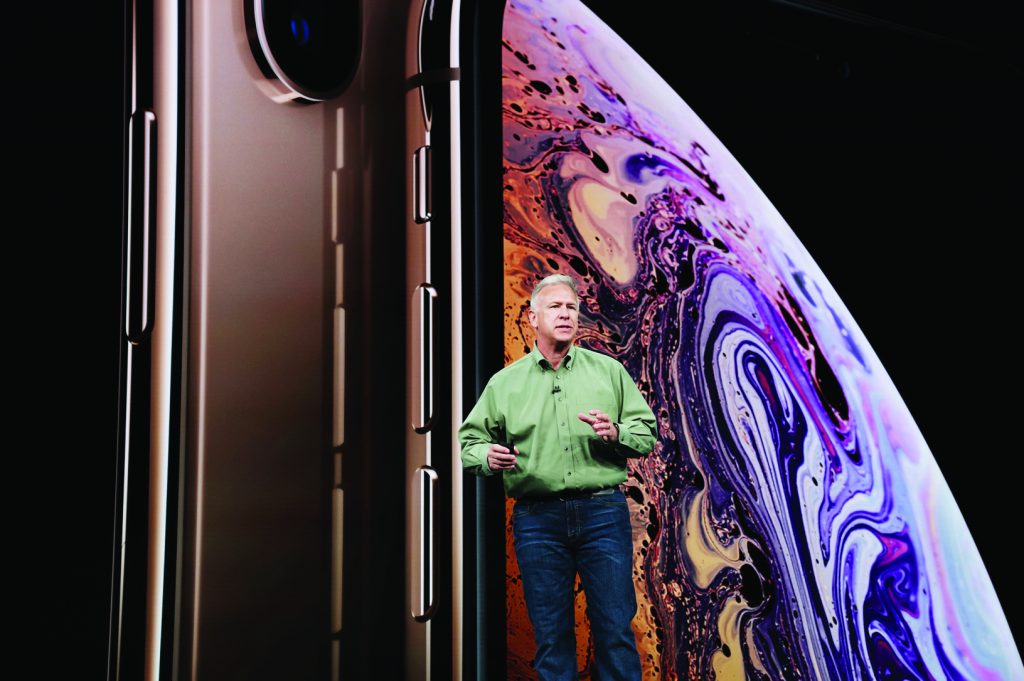How To Build A Trillion Dollar Company
Apple and Amazon have recently become the first publicly listed US companies worth over a trillion dollars. Accordingly, it’s appropriate to reflect on some of the lessons that New Zealand companies can learn from the largest and fastest growing companies in the world.
Students of history may be aware that the Dutch East India Company was the first ‘trillion’ dollar company, at the height of the tulip bubble around 1630. In more recent times, there’s been speculation the privately held Saudi Aramco (a national energy conglomerate) has also tipped over the trillion threshold.
Apple and Amazon are interesting because they’ve grown to be worth a trillion dollars relatively quickly and both have done so by becoming inextricably intertwined with our everyday lives. For example, more Americans have Amazon Prime (52 percent), than go to church (51 percent) or own a gun (44 percent).
There have been a number of books written detailing the characteristics of highly successful companies, most famously ‘Good to Great’ by Jim Collins, and it’s worthwhile reviewing these sort of reference points in the context of building a successful New Zealand-based business. In practice, however, there isn’t a formula or a roadmap to follow, because ultimately, each company needs to figure it out for itself.
 Growing to a Million Dollars
Growing to a Million Dollars
At Snowball Effect, we work closely with high-growth New Zealand companies to raise capital. Over the years, we’ve picked up several things that investors look for in a company in the early stages of its growth cycle.
1. Growth aspirations
One of the big things that investors look for are the growth aspirations of the founder. Growing a business is hard work and the core team need to be driven, ambitious and resilient. Setting specific and measurable goals is a key part of starting down the road towards rapid growth.
2. Niche focus on global opportunities
To grow quickly, it’s important to be focused enough to have an impact in your target niche. Kiwi companies can get stretched too thin if they chase every small opportunity. Allbirds merino sneakers are a successful Kiwi company who have expanded globally by keeping their product range simple and focused.
3. Invest in scaling
Sometimes, in order to grow rapidly you need to spend money on product development or marketing and sales before you have enough direct revenue to fund those expenses. When you have opportunities in front of you with good positive ROI, but not enough cash to take advantage of them, then bringing in outside investment can help you grow faster.
4. Team
Getting to a million dollars requires a tight knit and well coordinated team. In our own team, it’s made a big difference to move to a business instant messaging service (we use Slack) and a shared task management tool (we use Trello). We make sure to get together every week to catch up as a team on our shared priorities and that everyone is focused on our ‘Northern Star’.
Growing to a Billion Dollars
On the NZX there are 39 companies worth over a billion dollars – the mythical unicorn status. These household names range from Air NZ to Chorus and Trademe. There are some common threads among the companies that have grown into this size in recent years.
1. Staying focused while expanding
At a million dollar size, focus means a single market segment or niche. In the growth towards a Billion dollars, focus changes to mean finding a common thread that makes the company strong in different markets. In the book ‘Good to Great’, Jim Collins explains the ‘Hedgehog Principle’ which states that no matter what climate different types of hedgehogs live in, they all have a simple and shared technique for survival. In a rapidly expanding company, your Hedgehog principle will be a common playbook that has worked in previous markets and that you can replicate in new markets.
2. Internationalisation
As a New Zealand company, to reach a billion dollars, you will invariably need to operate in several different countries around the world. However, you can probably still group them into regions and you’ll need to work incredibly hard to maintain harmony and connections between them. While chasing scale, Icebreaker made some hard calls such as moving their production to China and opening an R&D office in the USA. This took the brand away from their New Zealand roots, but gave them far more useful global reach.
3. Brand
At a billion dollars, the company will have built a reputation that can carry it into new markets. It’s worth taking the time early on to get clear on your brand story, brand values and key messages. It’s also worth revisiting these on a regular basis as you grow, so that the brand can adapt and evolve. Modern technology brands like AirBnB and Uber have a tendency to refresh their brand design much more frequently than old-school companies, with both of the tech giants rolling out new logos in the last 18 months alone.
4. Capital structure
At a billion dollars, it’s a given that your company will be making strategic acquisitions on a regular basis and that it will be investing in new markets. The sources of capital change and companies of this size are often turning to the public markets or institutional investors for the capital needed to grow.
Growing to a Trillion Dollars
To get from a billion to a trillion you need to break a lot of the rules from the previous steps. The book ‘In Search of Excellence’ by Tom Peters is an old school classic and, like ‘Good to Great’, was written by studying and sourcing common, recurring themes characterised by successful companies. There are several principles from ‘In Search of Excellence’ that are still relevant to Kiwi companies that managed to start the climb from a billion dollar company towards being worth a trillion dollars.
1. Diversification
High growth companies benefit from focus, whereas companies at this massive size benefit from expanding into adjacent industries and markets. A powerful driver in Amazon’s rise to a billion is its remarkable expansion into leading the cloud services market. It began as an internal development to support Amazon’s own rapid growth and then it was recognised that the efficient infrastructure they developed could be a crucial IT support function for any business. By aggressively expanding into a new growing market, Amazon created a business unit that Morgan Stanley estimated last year was worth $270 billion.
2. Global reach
Most companies will be well internationalised at the billion dollar size, but a trillion dollar business is likely to be regionalising and creating autonomous divisions of significant scale in each country or region.
3. Divisional freedom
At a trillion dollar size, each division in the company will be a massive industry player in their own right. Samsung have managed to create significant freedom among their separate divisions, while still maintaining a shared infrastructure. At this scale, companies are often looking to spin out divisions into separate businesses with their own balance sheet and capital structure.
4. Culture
At the trillion dollar scale, the company’s brand, culture and story are vital to keeping customers, suppliers, employees and shareholders all clear on what the company stands for. The vision can’t just be a bland mission statement and it needs to live as stories and anecdotes that can be told and re-told. Steve Jobs was legendary for using seemingly small details on the hardware of Apple devices to make a larger point about design purity. For more than two decades, Jeff Bezos’ has delivered a constant message in his annual letters about Amazon taking a strategic, long-term view. For example, he’s insisted that: “we may make decisions and weigh trade-offs differently than some companies…we will continue to make investment decisions in light of long-term market leadership considerations rather than short-term profitability considerations”.
Finding your own path
As interesting (and valuable) as it is to learn from other companies, the fact is that there is no easy formula to building a successful business (of any size). If building a trillion dollar company was as simple as following a checklist, then everyone would be doing it. Instead we’ve seen companies like Nokia, Xerox and Ford probably tick almost every one of the boxes above and still lose their way. Let’s hope we see some more New Zealand companies aspire to such stellar levels of success.

